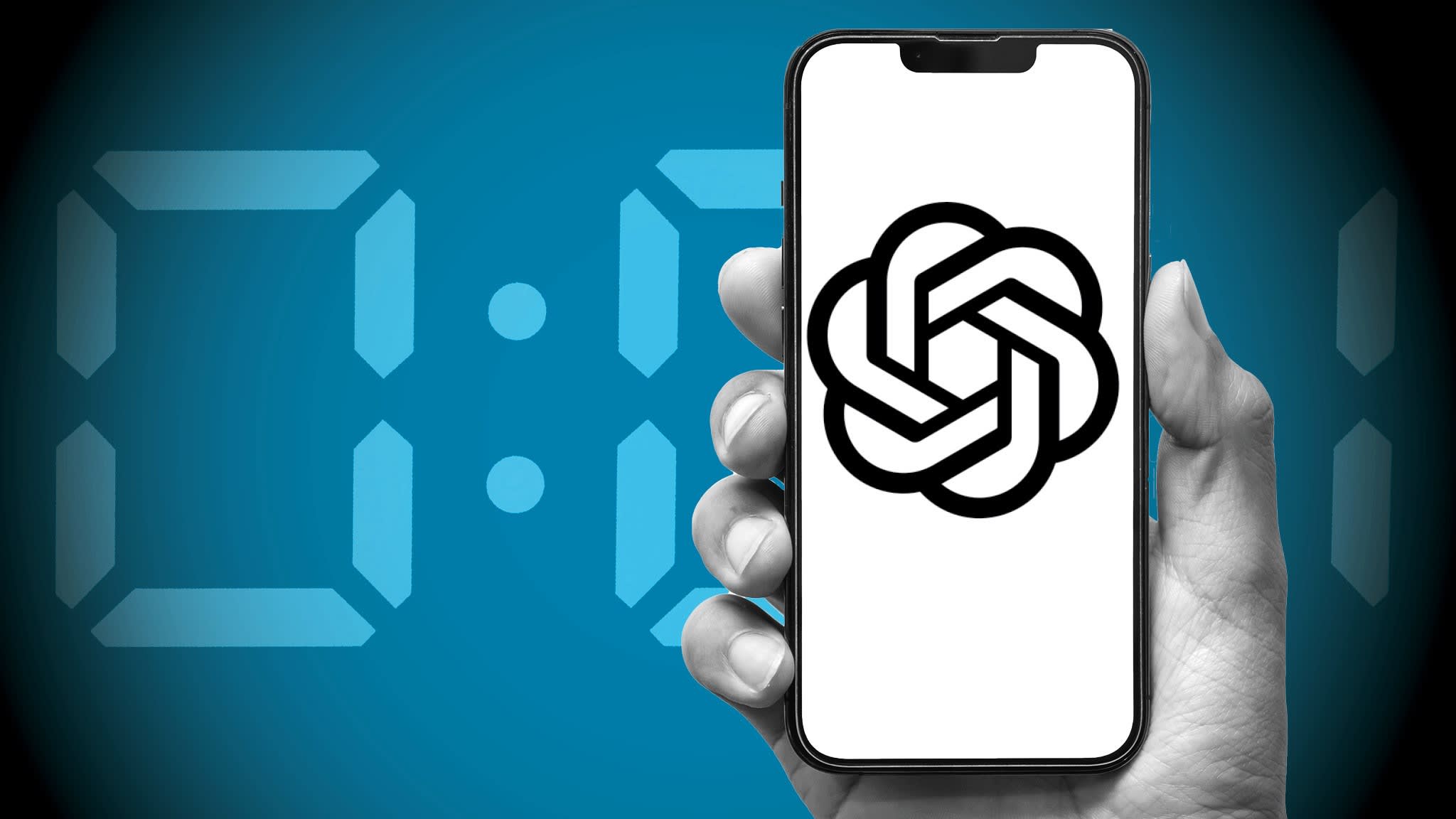OpenAI Reduces Time for AI Model Safety Testing

OpenAI Reduces AI Model Safety Testing Time
OpenAI, a leader in artificial intelligence research and deployment, has made significant strides in optimizing the safety testing of its AI models. This development reflects the organization’s commitment to ensuring the responsible use of AI technologies while accelerating their impact on various industries.
The Importance of Safety Testing in AI
Why Safety Testing Matters
Safety testing is crucial in the development of AI systems for several reasons:
- Preventing Harm: AI models can inadvertently cause harm if not properly assessed. Effective safety testing helps identify and mitigate potential risks.
- Building Trust: Transparent and robust safety measures foster public confidence in AI technologies.
- Regulatory Compliance: Many jurisdictions now require comprehensive safety evaluations for AI models to comply with legal standards.
Challenges in Traditional Safety Testing
Historically, safety testing for AI models has been time-consuming and resource-intensive. Key challenges include:
- Complexity of Models: Advanced AI systems can have intricate architectures, making it hard to predict how they will behave in diverse situations.
- Variable Data Input: AI models are trained on vast datasets, which can pose challenges in evaluating every possible outcome.
OpenAI’s Innovative Approach
Streamlining the Testing Process
OpenAI has introduced methods to streamline and reduce the time required for safety testing of its models. The primary strategies include:
- Automated Testing Tools: Utilizing automated frameworks that quickly assess model outputs across various scenarios. This reduces the manual workload and speeds up the evaluation process.
- Continuous Learning: Implementing ongoing learning mechanisms allows models to adapt and improve safety over time based on real-world feedback.
- Crowdsourced Evaluations: Engaging the broader community in testing can diversify the range of scenarios and challenges presented to AI systems.
Outcomes of Improved Testing
As a result of these advancements, OpenAI has achieved several promising outcomes:
- Faster Deployment: The time taken from development to deployment is significantly reduced, allowing beneficial AI solutions to reach the market more quickly.
- Increased Safety Assurance: Despite quicker testing, the level of safety assurance remains high due to rigorous evaluation frameworks.
The Future of AI Safety Testing
Ongoing Commitment to Safety
OpenAI acknowledges that while advancements have been made, continuous improvement in AI safety testing is necessary. This includes:
- Research and Development: Investing in R&D to discover new safety testing methodologies and technologies.
- Collaborative Partnerships: Forming alliances with academic institutions and industry leaders to enhance safety practices and share knowledge.
Broader Implications
OpenAI’s progress in safety testing not only benefits the organization but is also a significant development for the entire AI landscape. The broader implications of these advancements include:
- Setting Industry Standards: OpenAI can help establish new standards in AI safety testing that could influence other companies and sectors.
- Informed Policy Making: With faster and more robust testing processes, policymakers can make informed decisions regarding AI regulations that prioritize public safety and innovation.
Conclusion
OpenAI’s recent efforts to slash AI model safety testing time exemplify a focused approach to enhancing both safety and efficiency within AI development. By embracing automated techniques, continuous improvements, and community involvement, OpenAI is poised to redefine the landscape of AI safety testing while ensuring that these powerful technologies are deployed responsibly.






